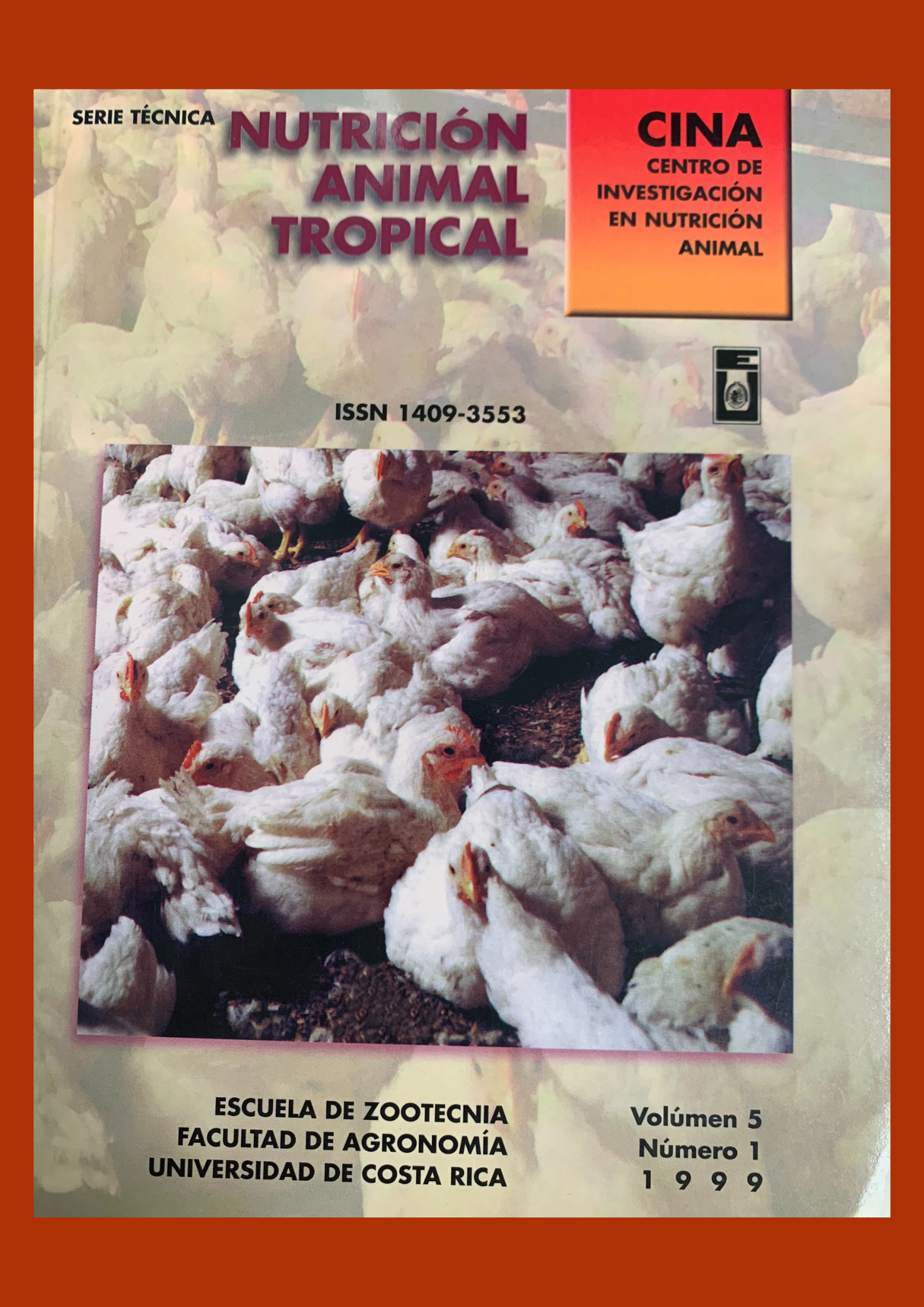Resumen
Importance of chromium nutrition in dairy cattle. A review. Chromium (Cr) essentially has been recognized for animals and humans since the early 50s. Its major role is as a component of the Glucose Tolerance Factor (GTF) molecule, which activates insulin. Because insulin participates in the metabolism of carbohydrates, lipids and proteins, Cr, through GTF, is also involved in those metabolic processes. Unfortunately, not all Cr present in nature is biologically active. Chromium as a trivalent and in its organic form is found in biological systems. Any inorganic Cr sources need to be converted to organic Cr, such as GTR to be biologically activity. As a trivalent and in its organic form, Cr is nearly non-toxic. However, through industrial Processes a very toxic hexavalent Cr is obtained. During accute stress conditions, animals increase their blood cortisol levels. This hormone is antagonistic to insulin and results in increased blood glucose and insulin levels with the subsequent increase on Cr mobilization and excretion. Because Cr supplementation reduces blood cortisol levels in animals raised under stressful conditions, Cr has been referred to as an anti-stress nutrient. Primiparous cows undergo severe stress during late gestation and early lactation. These animals, in general, are Cr deficient two weeks prior to parturition, indicating that they are more prone to an insulin resistance by peripheral tissues compared to older cows. Blood insulin is decreased as a consequence of the negative energy balance that occurs during early lactation. In this period, however, cows need high levels of glucose for lactose production. Blood glucose and insulin levels are then depressed in early lactation compared to later stages of production when milk yield decreases. Therefore, glucose availability may be a limiting factor for milk production in high producing cows. Additionally, in early lactation there is low insulin sensitivity by peripheral tissues caused by an increase in Growth Hormone. A low insulin sensitivity then favors catabolism and the flow of glucose, lipids and amino acids into the mammary gland, which is insulin independent, with the subsequent increase in milk production. During early lactation, Cr decreases insulin sensitivity by peripheral tissues in first lactation cows, and tends to reduce it in older animals, hence the response to supplemental Cr observed in primiparous cows. Chromium supplementation increased milk production during the first six weeks of lactation in primiparous cows. Milk yield may be increased up to 24'/. by 0.5 mg/kg of supplemental Cr in primiparous animals. It would appear that the increase in milk production observed with Cr supplementation in first calving cows is the result of a lower insulin sensitivity (or increased resistance) of peripheral tissues. Although Cr supplementation does not affect milk production in multiparous cows, there is a reduction in the incidence of ketosis and milk fever.

